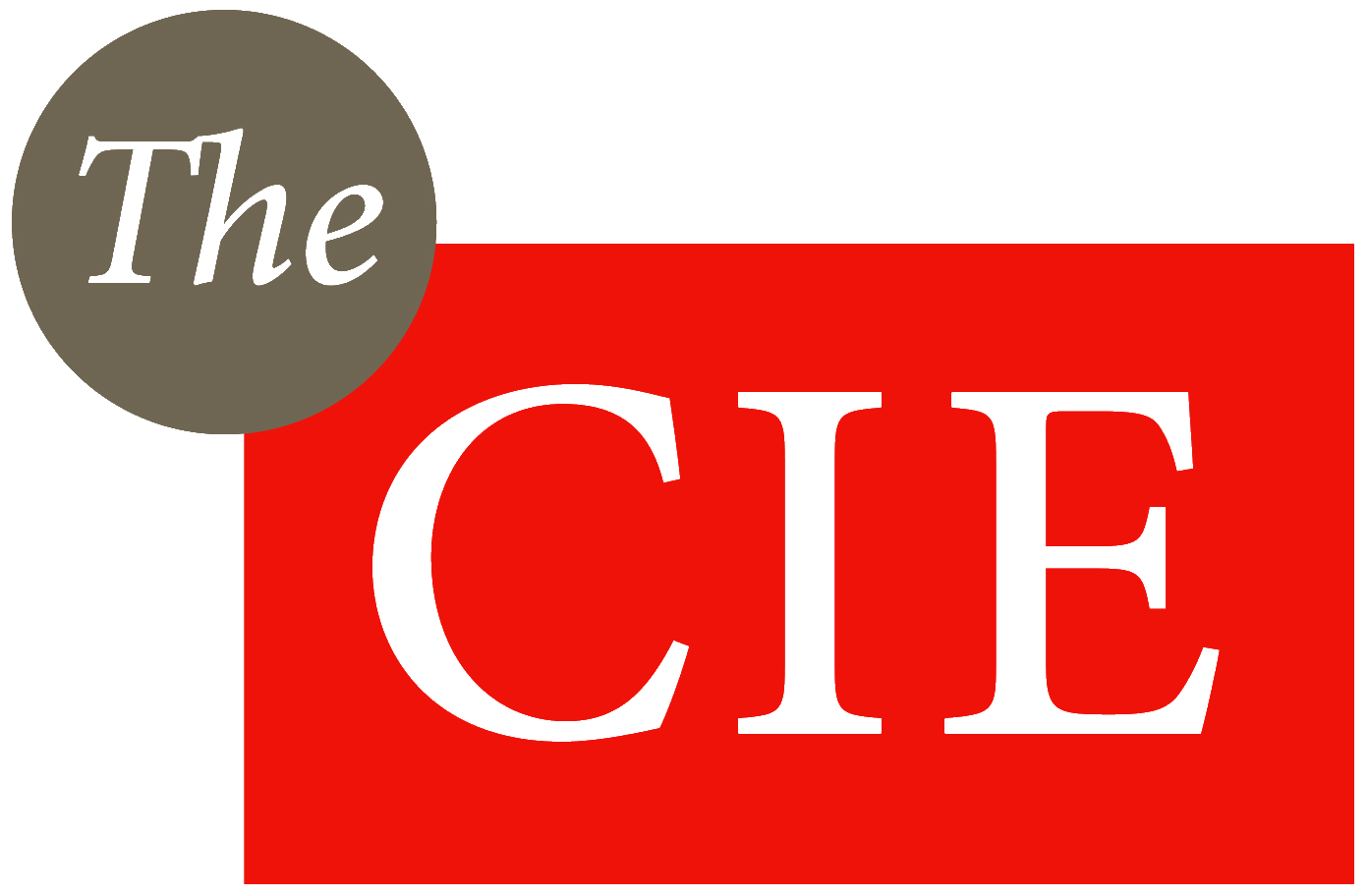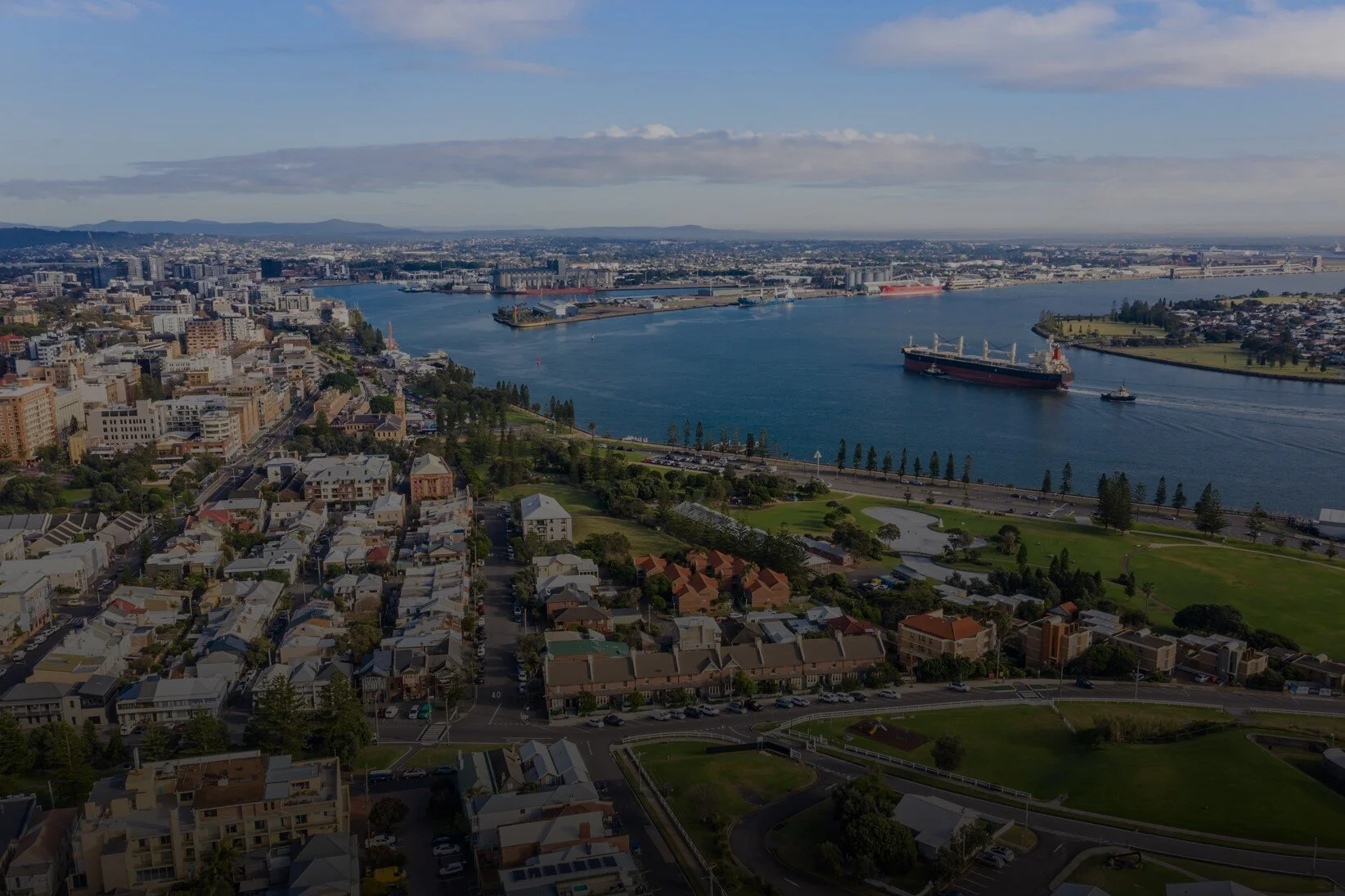September 2021
In 2021, The CIE has been working with Hunter Water Corporation to test whether there are water and wastewater network management approaches that would result in an improved price-service mix from a customer perspective.
This work involved conducting economic cost-benefit analysis (CBA) of a selection of alternative service levels to inform decisions about mandatory system performance standards (SPS) contained in HWC’s operating licence.
One of the key challenges when conducting these CBAs is putting a dollar value on changes in service outcomes; that is, consumer willingness to pay (WTP) for improvements or willingness to accept (WTA) bill reductions for degradation in service performance. Since it is not possible to observe customers choosing between differing levels of utility services at differing prices in a real market, the CIE conducted stated preference research to estimate these values.
Customers told us:
unplanned supply interruptions are about 70 per cent worse than planned interruptions
supply interruptions lasting 5-8 hours are about twice as bad an interruptions lasting 1-3 hours
wastewater overflows are around five times worse than water supply interruptions
the time taken to unblock a wastewater pipe is important
the amounts they are willing to pay for service improvement are lower than the bill reductions they would require in exchange for an equivalent service degradation
they are willing to contribute towards improving service to the customers who frequently experience low water pressure.
Two online surveys were conducted — one focused on water and another focused on wastewater. The surveys were completed by 674 and 617 households in the Lower Hunter region, recruited from online panels. Sampling weights were used in the data analysis to correct for under- and over-sampling by location, tenure type, language spoken at home, and household income.
Water interruptions
WTP for changes in the chance of experiencing water interruptions was elicited from respondents using a discrete choice experiment (DCE). The DCE involved asking respondents a sequence of six choice questions. In each question, respondents were presented with three alternatives – their current price-service package and two other packages — and asked to select their preferred alternative. Each package was described by the chance of experiencing long unplanned, short unplanned, and planned interruptions, and by the change in the amount the respondent pays for water and wastewater each year. The combinations of attribute levels were varied across alternatives, questions, and respondents in a deliberately designed way such that statistical analysis of respondents’ choices reveals the value placed on changes in each of the attributes. An example of one of the choice questions is shown below.
The results confirm that limiting the length of water supply interruptions is important. Customers are willing to pay twice as much to avoid unplanned interruptions lasting 5-8 hours than they are to avoid unplanned interruptions lasting 1-3 hours. The results also confirm that customers value receiving advance warning of an interruption. Customers are willing to pay 70 per cent more to avoid an unplanned interruption than they are to avoid a planned interruption. The bill reductions customers expect for service degradation are roughly double the amounts they would be willing to pay for service improvement. Estimated WTP and WTA, with 95 per cent confidence intervals, are illustrated over the range of service levels included in the DCE in the figures below.
Wastewater overflows
WTP for changes in the chance of experiencing wastewater overflows was elicited from respondents using a similar DCE to that used for water interruptions, but with a different set of service attributes. An example of one of the choice questions is shown below.
The results showed that avoiding wastewater overflows is more important to customers than avoiding water interruptions. WTP to avoid wastewater interruptions is around five times higher than WTP to avoid water interruptions. Customers are extremely unwilling to accept bill reductions for an increase in the risk of overflows. The bill reductions customers expect for service degradation are roughly ten times the amounts they would be willing to pay for service improvement. Estimated WTP and WTA, with 95 per cent confidence intervals, are illustrated over the range of service levels included in the DCE in the figures below.
Water pressure
Willingness to pay to improve water pressure for other customers experiencing low pressure was elicited from respondents using the contingent valuation (CV) technique. This involved presenting each respondent with a pressure improvement program — either a program to improve water pressure to 300 customers who currently experience frequent low water pressure or a program to improve water pressure to 2500 customers who currently experience occasional low water pressure — at a specified price and asking them whether they would vote for the program. The price at which the program was offered was varied across respondents to reveal the distribution of WTP across the sample.
Depending on the approach used to estimate WTP from the responses, average WTP for a program to fix water pressure for 2500 customers who would otherwise experience occasional low pressure was between $2.17 and $4.67 per year for 10 years. Average WTP for a program to fix water pressure for 300 customers who would otherwise experience frequent low pressure was between $4.24 and $7.57 per year for 10 years.
Further detail on the methodology and analysis is available in an appendix.
Also see similar studies we have conducted for Sydney Water and Icon Water.
For further information, please contact Ben McNair in our Canberra office.



